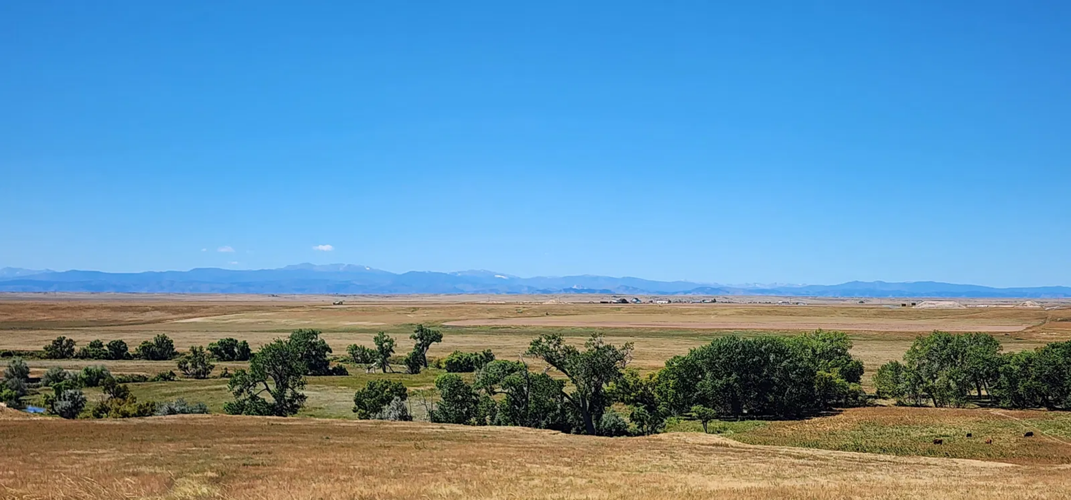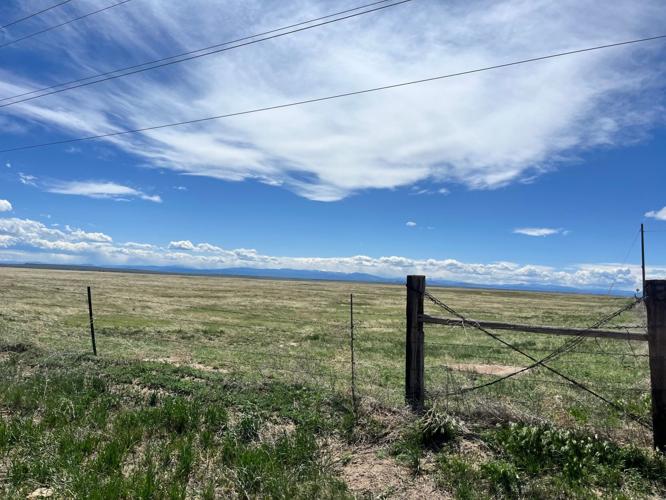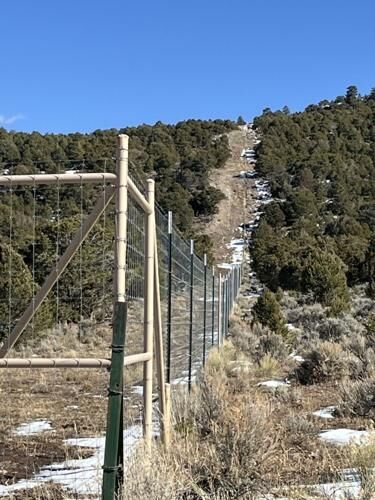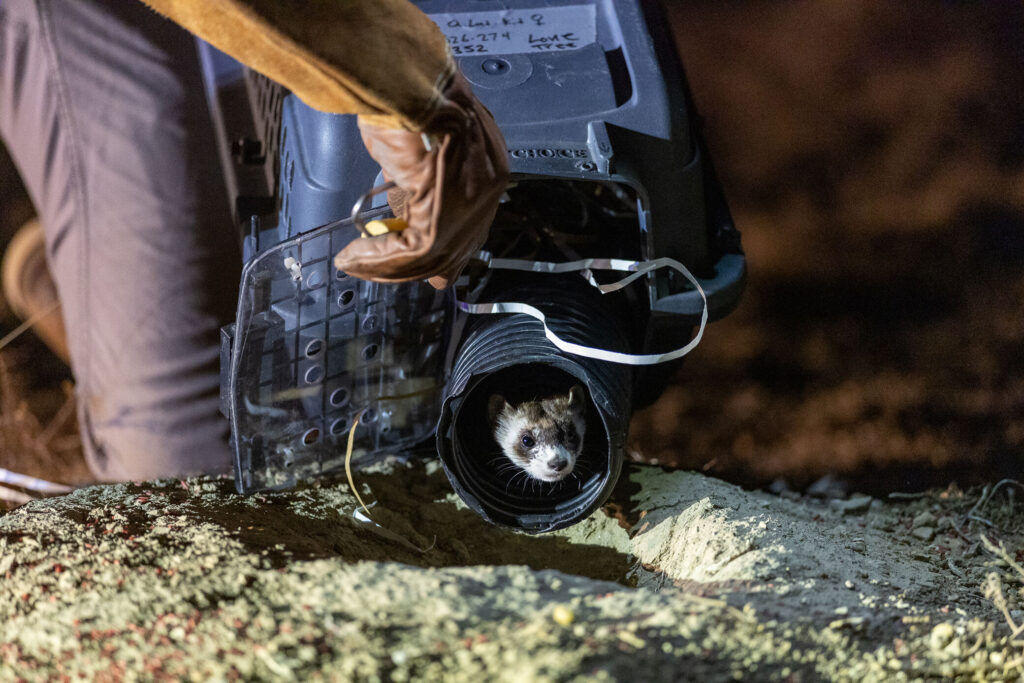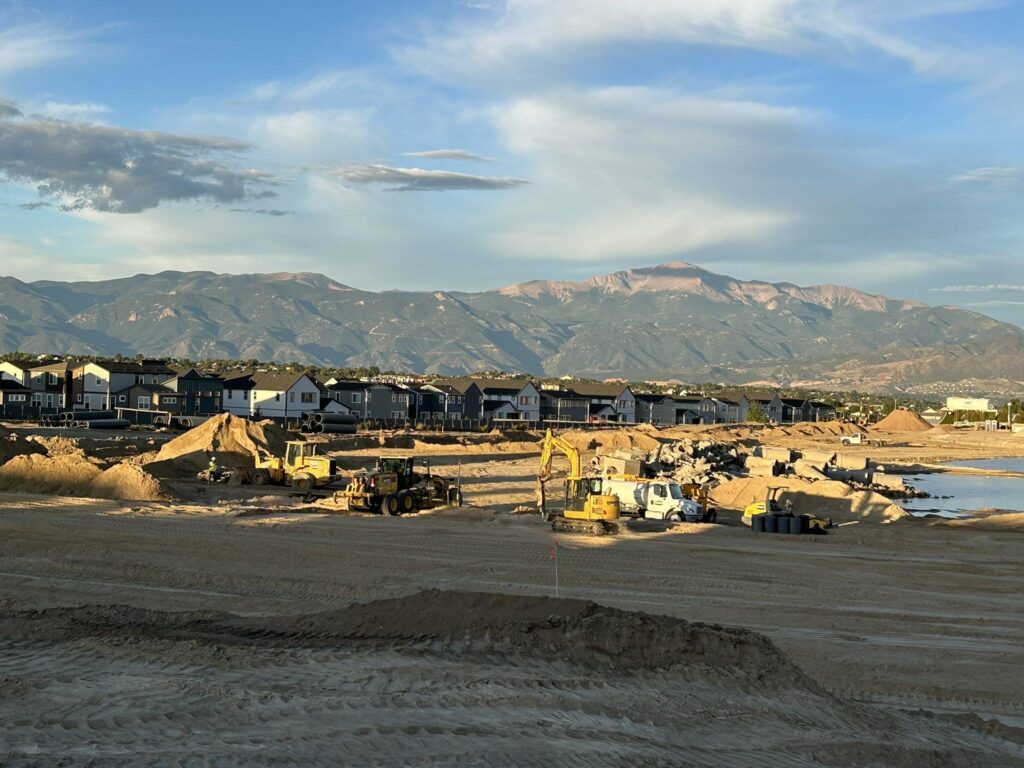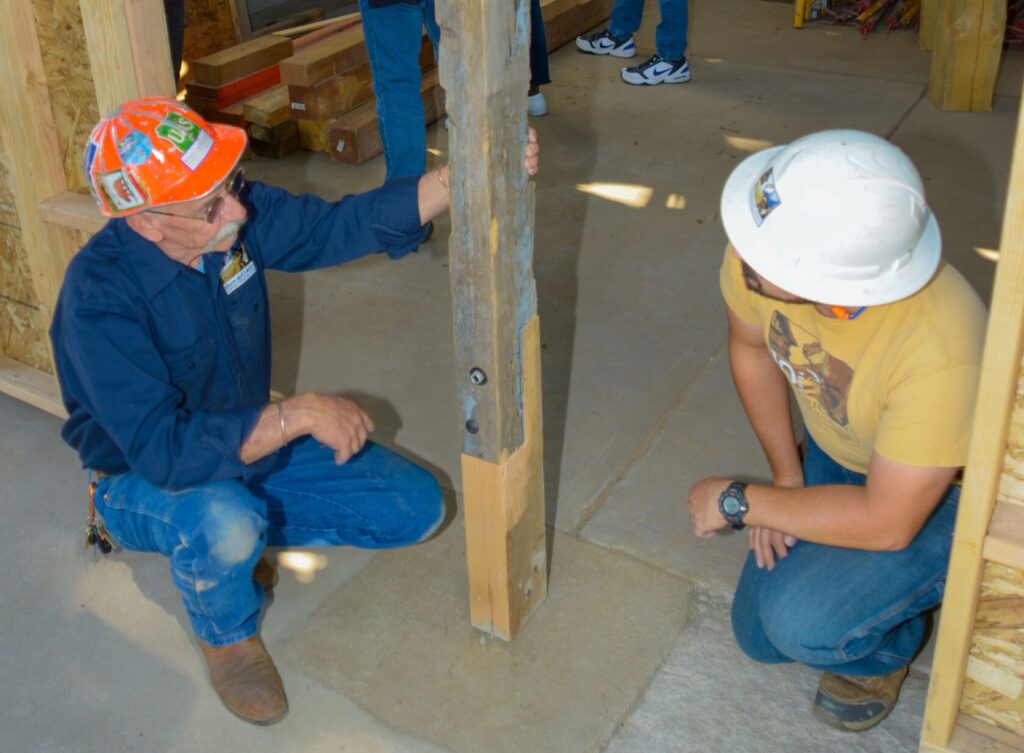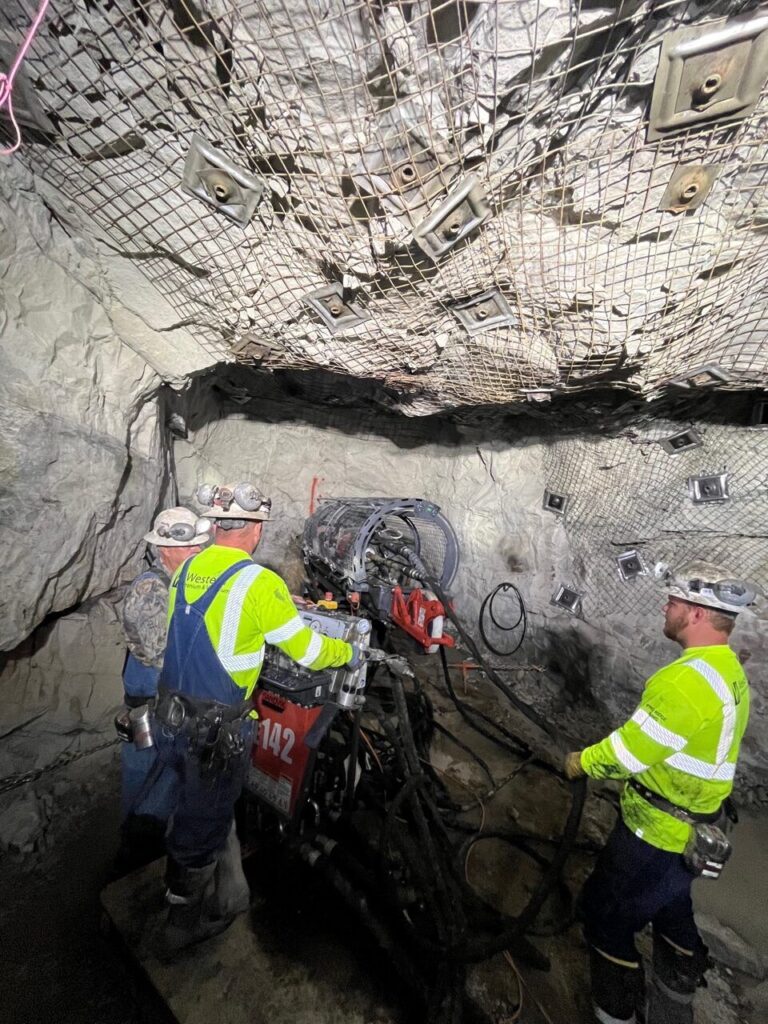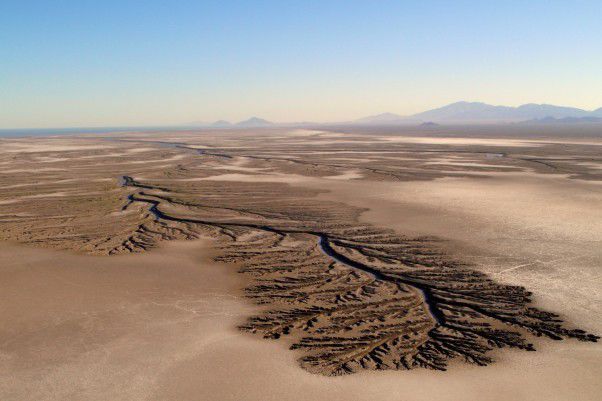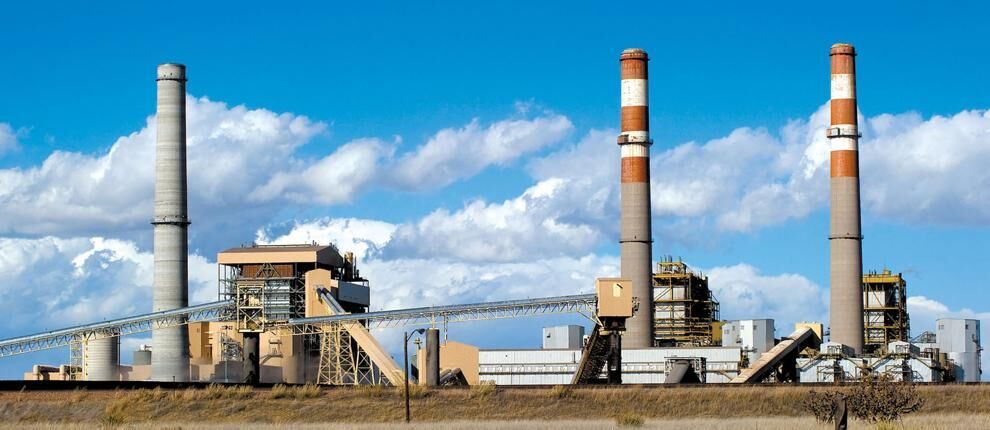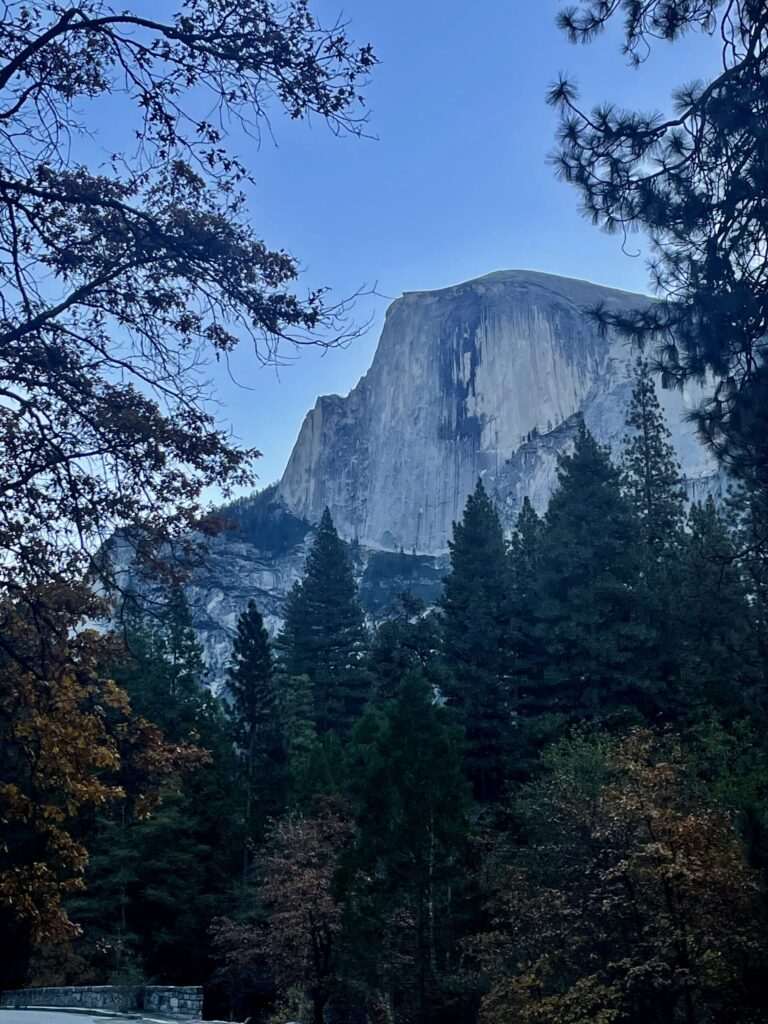Northern Colorado water district company looks to underground water storage to bolster supply security


The Fort Collins-Loveland Water District (FCLWD) partnered with FrontRange H2O to develop an on-demand groundwater supply and aquifer storage and recovery system called Vita H2O Project. Once built, the system would store excess water underground during wet years.
Courtesy photo, FrontRange H20
A northern Colorado water district company is looking to underground water storage with the goal of improving the region’s water-supply security.
The Fort Collins-Loveland Water District (FCLWD) partnered with FrontRange H2O to develop an on-demand groundwater supply and aquifer storage and recovery system called Vita H2O Project. Once built, the system would store excess water underground during wet years.
Since the water is stored underground — unlike above-ground water storage systems like reservoirs — it won’t evaporate, and the reserve can be pulled from during dry years.
When the project is operational in about three years, the water district will be able to repeatedly recharge and withdraw from the Vita H2O aquifer. The aquifer is designed to serve the region for more than 100 years.
“It will offer the flexibility northern Colorado needs for the future,” Brent Waller, president of FrontRange H2O, said of the Vita H2O Project. “During drought periods, it can be activated to support regional water systems and meet demand. During wet years, it can be turned off so that water can be banked for future use. In other words, it’s not a ‘use it or lose it’ source.”
Waller added the water can be reused over and over again for various reasons, including for non-potable needs, exchanges or even potential direct reuse with approval.
“The greatest impact is that FCLWD and other water providers will be able to use this water during the most critical drought periods — giving the community peace of mind and supporting long-term reuse planning,” Waller said.
The Vita H2O Project started more than five years ago. It is estimated to be a decade-long effort with a targeted deadline for the end of 2028, just in time for the first wet water delivery anticipated in 2029.
The project is currently in the substantial design, permitting and adjudication phase, according to Waller. He noted they have secured 98% of the delivery easements and are drilling test observation wells to collect data about the site and “support water characterization.”
A well field located about nine miles north of Nunn on Highway 85 houses the project. The transmission pipeline will run roughly 27 miles south to the Cobb Lake Regional Water Treatment Authority property, while the termination delivery point will lie east of Cobb Lake.
Using the aquifer storage and recovery process, the Vita H2O Project will store excess water during wet years underground in a natural non-tributary aquifer, an underground layer of rock and sand that holds water, according to Waller. He described the aquifer as functioning like a “massive bathtub, with ample capacity to hold water for future recovery and use.”
In years of drought, the water can be taken out of the aquifer and used by the Fort Collins-Loveland Water District.
Currently, the district serves more than 67,000 customers and covers about 60 square miles in parts of northern Colorado. It has offered water transmission and distribution services to residents and businesses since 1961. It’s required by law to deliver potable water.
Over the years, the district has expanded into the southern portion of the City of Fort Collins, the northern portion of the City of Loveland, the western portions of Timnath and Windsor, and unincorporated portions of Larimer County in between.
As northern Colorado continues to grow, Rocky Mountain Regional Director of Westwater Research Adam Jokerst stressed the need for additional municipal water supplies.
“That water can come from new sources or reallocation of existing sources,” Jokerst said. “Historically, that reallocation has been drying up irrigated agriculture and transferring that water to cities and towns to build new rooftops. New supplies like from the Vita H2O Project could allow for that growth without drying up agriculture. Water is a fundamental input to growth in the American West, and new supplies are needed to facilitate economic growth.”
The City of Greeley is in the process of implementing a similar system to the Vita H2O Project called the Terry Ranch Project.
Colorado has a long history of developing non-tributary groundwater, Jokerst said, particularly around the Denver area, including in South Denver Metro and northern El Paso County.
“In those areas, cities and towns have been developed relying solely on that groundwater,” Jokerst added. “As a result, there has been depletion. In localized areas, groundwater has been mined and levels have dropped, leading those residents to seek renewable sources of water.”
Other western states, including Arizona and California, have stored water underground for decades, and water providers in South Denver have been utilizing aquifer storage and recovery systems for years.
Most water use in Colorado comes from surface supply, including snowpack from the east slope along the Front Range and trans-basin diversions that take from the west slope to the east slope, according to Jokerst.
He described the water conditions in Colorado as “highly variable,” with years of water excess and years of water scarcity.
While there’s been a prolonged drought in the Colorado Basin, Northern Colorado has experienced near average snowpack for the last several years. But there are areas in Colorado where there isn’t enough water supply to meet demands, leading to increases in the price of water.
“Looking to the future, climate models tell us that we are going to face a hotter future that will increase water demands and lead to earlier runoff and more supply variability,” Jokerst said. “That is one of the reasons we need storage and projects like the Vita H2O Project, which provides a new source of water that is not subject to supply variability.”






